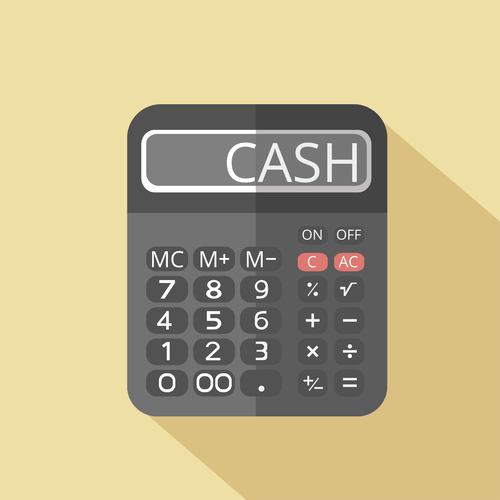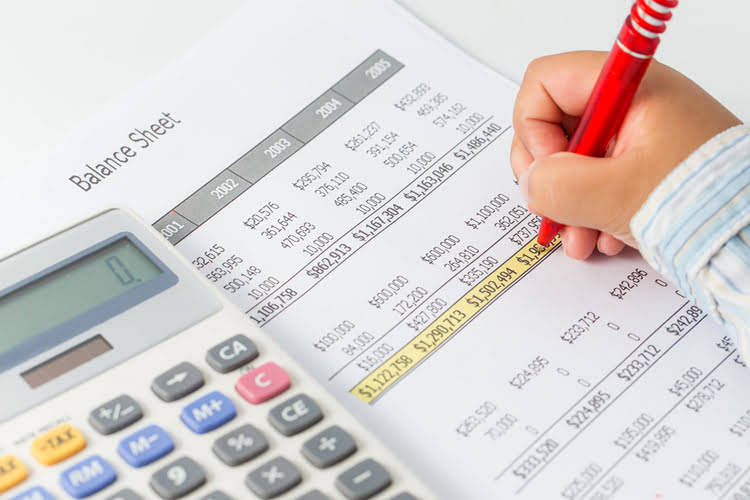
In the interest of not messing up your books, it’s best to wait until the end of the year to delete old accounts. COAs are typically made up of five main accounts, with each having multiple subaccounts. Most QuickBooks Online plans, for example, support up to 250 accounts. The average small business shouldn’t have to exceed this limit if its accounts are set up efficiently. To do this, she would first add the new account—“Plaster”—to the chart of accounts.
Normally a Debit or Credit
Within each category, there are specific accounts that represent different types of transactions, so there are always a number of subaccounts within each account. It’s also worth saying that depending on the idustry and a business’s structure, more accounts can form the COA. The basic set of accounts is similar for all businesses, regardless of the type, size, or industry. This way, whether you’re setting up restaurant bookkeeping or ecommerce accounting, you follow the standard chart of accounts. Every transaction affects at least two accounts – one gets debited and another credited. Double-entry bookkeeping is a fundamental requirement for recording financial transactions under GAAP (Generally Accepted Accounting Principles), so you can’t record your transactions differently.

How is a Chart of Accounts structured?
A well-structured COA provides a comprehensive view of financial activities, enabling detailed analysis for informed decision-making. It aids in identifying spending trends, profitable areas, and potential savings that are crucial for strategic planning and budgeting. The use of such advanced technology in managing the COA leads to greater efficiency in financial reporting and more informed strategic decision-making across the organization. Incorporating the Maker Checker Workflow adds an additional layer of accuracy and control by implementing a dual-approval process for all entries and adjustments made to the COA. This method significantly mitigates the risk of errors and fraud, reinforcing the reliability of the financial data.
FP&A Best Practices and Transformation Tips for Finance Forward CFOs
- It may make sense to create separate line items in your chart of accounts for different types of income.
- The number system for each liability account can start from 2000 and use a sequence that is easy to follow and compare in different accounting periods.
- So, when setting up your accounting system, you create the COA in this order.
- For example, we often suggest our clients break down their sales by revenue stream rather than just lumping all sales in a Revenue category.
- The chart makes it easy to prepare information for evaluating the financial performance of the company at any given time.
There are many different ways to structure a chart of accounts, but the important thing to remember is that simplicity is key. The more accounts are added to the chart and the more complex the numbering system is, the more difficult it will be to keep track of them and actually use the accounting system. It is a very important financial tool that organizes a lot of financial transactions in a way that is easy to access. Because transactions are displayed as line items, they can quickly be found and assessed. This is crucial for providing investors and other stakeholders a bird’s-eye view of a company’s financial data. QuickBooks Online automatically sets up a chart of accounts for you based on your business entity with the option to customise it as needed.

Now, let’s explore a couple of the COA examples for businesses in various industries – online retail, manufacturing, and service businesses. We presume they accept online payments via payment platforms (for example, Stripe, Paypal, or Square). You might also notice that there are specificities of the business that might affect the COA structure. Expenses are the means a company spends to generate revenue and operate its business. They can be the money spent on resources and activities necessary to keep the business running smoothly. The revenue accounts appear based on the source of where the income comes from.

Say you have a checking account, a savings account, and a certificate of deposit (CD) at the same bank. When you log in to your account online, you’ll typically go to an overview page that shows the balance in each account. Similarly, if you use an online program that helps you manage all your accounts in one place, like Mint or Personal Capital, you’re looking at basically the same thing as a company’s COA.
We believe everyone should be able to make financial decisions with confidence. Revenue is the amount of money your business brings in by selling its products or services to clients. Learn what outsourced accounting involves, its advantages, and whether or not it’s right for you. She would then make an adjusting entry to move all of the plaster expenses she already had recorded in the “Lab Supplies” expenses account into the new “Plaster” expenses account.
Each asset account can be numbered in a sequence such as 1000, 1020, 1040, 1060, etc. The numbering follows the traditional format of the balance sheet by starting with the current assets, followed by the fixed assets. The table below reflects how a COA typically chart of accounts examples orders these main account types. It also includes account type definitions along with examples of the types of transactions or subaccounts each may include. A COA is a list of the account names a company uses to label transactions and keep tabs on its finances.
The four main account types in a chart of accounts list
Instead, each entity has the flexibility to customize its accounts chart to fit the specific individual needs of the business. Creating a Chart of Accounts (COA) is a key step in keeping your business’s finances organised. In manufacturing, the production process involves different stages, such as raw materials, work in progress, and finished goods. TYou can keep track of these stages with the Raw materials inventory, Work-in-progress inventory, and Finished goods inventory accounts, monitoring the value at each production step. Now that we’ve covered what a COA is, next, we’ll explore how this system works to keep a business’s financial details in order. For bigger companies, the accounts may be divided into several sub-accounts.

Deixar Um Comentário